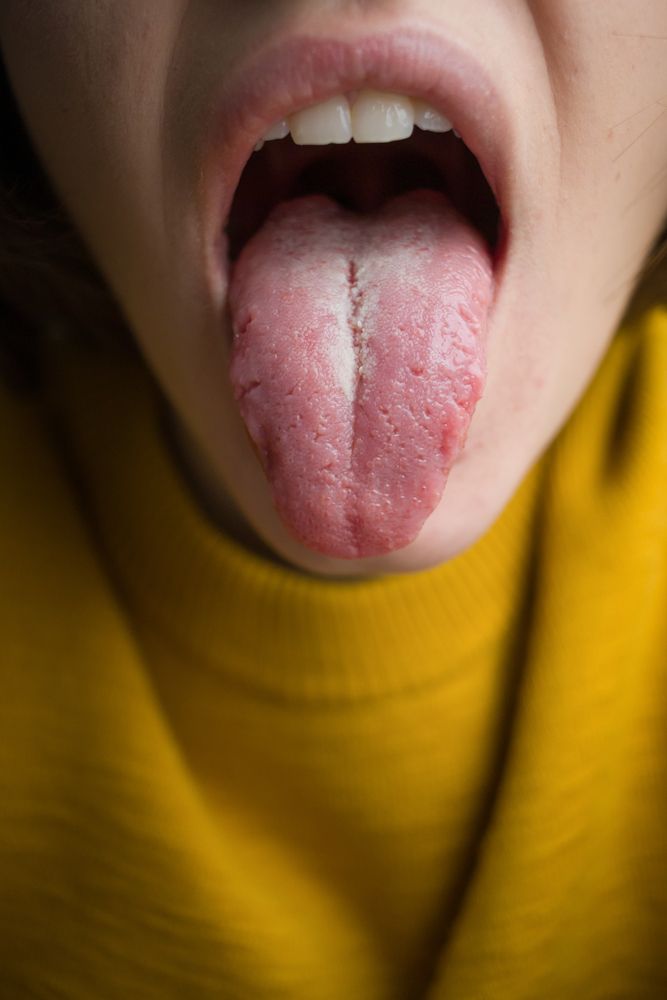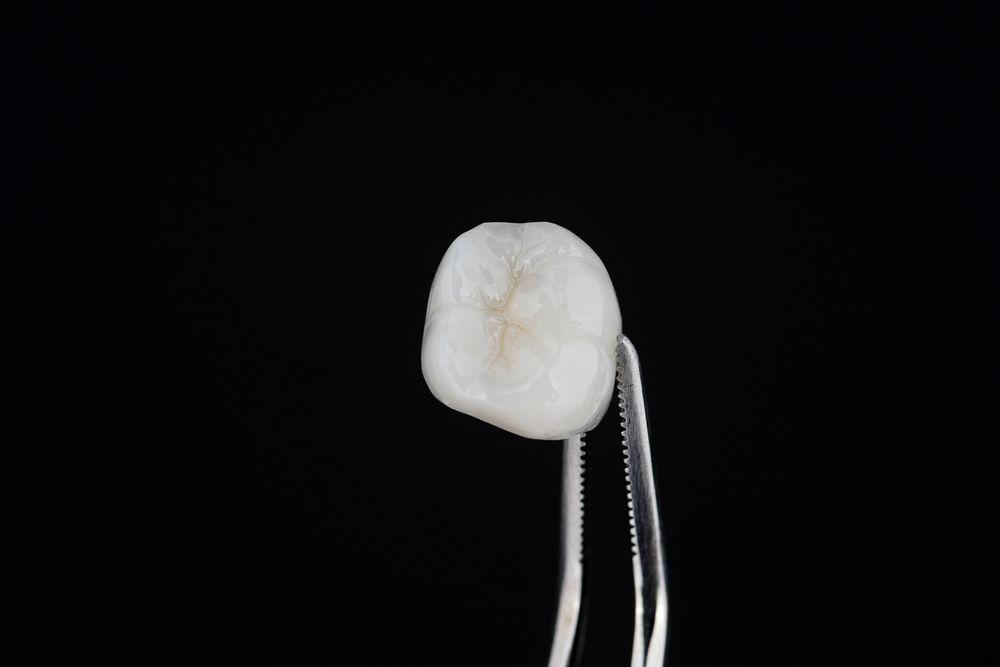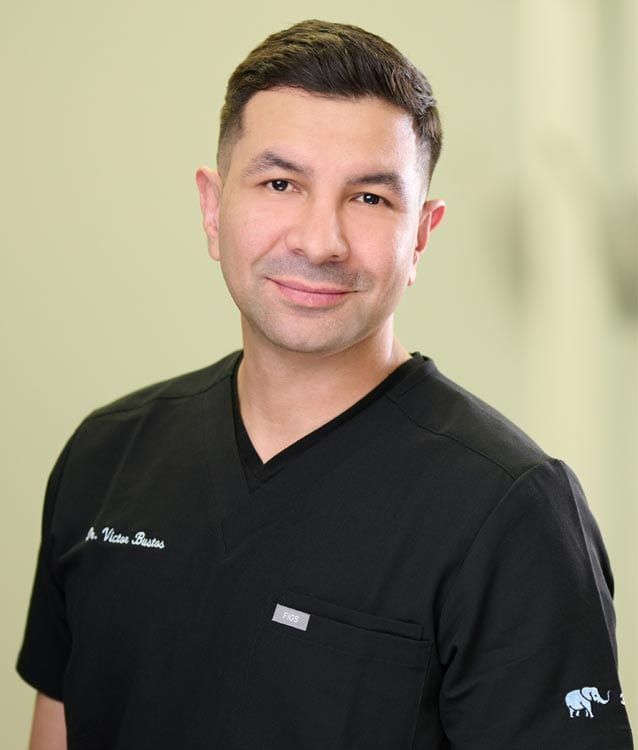Getting your teeth cleaned is vital to your oral health. Many people are unaware there are different levels of cleaning when it comes to a dental cleaning. Often, a standard cleaning offered by your dental hygienist isn’t enough to combat bacteria below the gums. In this case, you’ll need a deep clean to make your teeth and gums healthy again.
Everything You Should Know About Deep Dental Cleaning
Standard cleanings are focused on the teeth. Standard cleaning is non-invasive and is recommended at least every six months to maintain oral health. Dental deep cleaning, often called scaling and root planing is used to get rid of plaque, tartar, and any bacteria below the gums. Often, scaling and root planing extend to the tooth root as well. Standard cleanings are preventative and deep cleaning is to reverse the progression of gum disease. But how do you know that you need a deep cleaning?
It’s true. Not everyone needs a deep cleaning. Deep cleaning is recommended if you have gingivitis or a more severe case of gum disease. Deep cleaning to reverse the spread of gum disease can prevent tooth loss and further damage.
Gum disease rarely shows the same symptoms in every patient. Sometimes, a patient might have gum disease without pain or other visible symptoms. The typical warning signs of gum disease are:
- Breath that is often bad and an abnormal taste in your mouth
- Adult teeth that feel loose or separated
- Bleeding gums
- Swollen, tender, or red gums
- Receding gums
Dentists also diagnose gum disease with a probe that measures pockets that form in the gums. X-rays are used to check for bone loss, and if pockets are too deep for standard cleaning, a deep cleaning might clear out possible infection and help the healing process. The scaling and planning process can be used in a few spots, or it can be used all over the mouth. What your dentist decides to do depends on how far the gum disease has progressed.
When deep cleaning the teeth, your dentist uses a hand-held scaler to scrape the plaque from your teeth and scrape below the gum line; some dentists have started using ultrasonic tools with metal tips that vibrate. In addition to the ultrasonic tool, they use a water spray to wash plaque away as it’s cleaned. When your dentist is planning, they will rub the teeth to smooth rough spots. Smoothing the rough spots on the teeth can prevent bacteria from sticking to the tooth during cleaning. Oral antibiotics and antibiotic mouthwash are also an option for at-home care. Deep cleanings generally require two separate appointments.
Dental deep cleaning can be uncomfortable and a little painful. Many dentists will use a local anesthetic to numb your gums. Afterward, you might be tender, and your gums might bleed when you brush your teeth for a few days. Sometimes it takes a few weeks before sensitivity fades, but special mouthwash and over-the-counter painkillers can help.
After deep cleaning, your dentist will send you home with instructions based on your situation. Your dental office will schedule an appointment four to six weeks after the initial appointment to monitor your healing progress. Some dentists even suggest more frequent cleanings to prevent further infection. Many patients respond well to this kind of treatment and see improvement in their overall gum health. It might take a while, but the pockets in your gums will shrink, and your gums will be healthy again.
Talking to your Dentist About Deep Cleaning
If your dental hygienist and dentist suggest a deep cleaning, or you think you might have gum disease, contact your dentist immediately. Your dentist will answer your questions and address any concerns about deep cleanings once you’ve scheduled your appointment with 3D Dentistry by calling our practice today.






